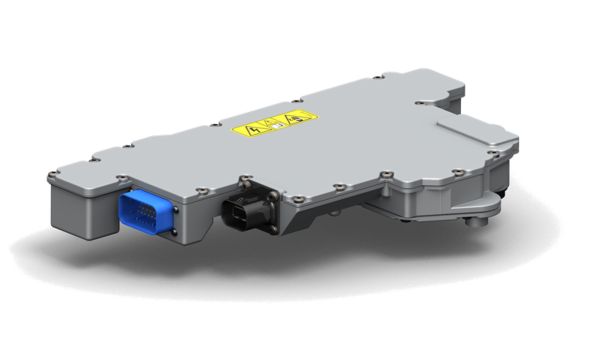Why Do I Need To Convert from DC to AC?
Most cars and motor homes derive their power from a 12-volt battery. In some cases, a heavy-duty 24-volt battery might be used. It’s important to know your vehicle’s voltage because the voltage rating of the inverter you select should match the voltage of the battery. In either case, the battery provides direct current. This means that the current flows continuously from the negative terminal of the battery, through the completed circuit and back to the positive terminal of the battery. The flow is in one direction only, hence the name direct current. The ability to provide direct current power is inherent to the nature of batteries.
Direct current is very useful, but batteries can generally only provide relatively low-voltage DC power. Many devices need more power to function properly than DC can provide. They’re designed to run on the 120-volt AC power supplied to homes in the U.S. Alternating current or AC, constantly changes polarity, sending current one way through the circuit, then reversing and sending it the other way. It does this very quickly — 60 times per second in most U.S. electrical systems. AC power works well at high voltages, and can be “stepped up” in voltage by a transformer more easily than direct current can.
An inverter increases the DC voltage, and then changes it to alternating current before sending it out to power a device. These devices were initially designed to do the opposite — to convert alternating current into direct current. Since these converters could basically be run in reverse to accomplish the opposite effect, they were called inverters.
Making Direct Current Alternate
The earliest AC power inverters were electro-mechanical devices. Direct current would flow down one end of a circuit with an electromagnet. As soon as the current hit the magnet, the magnet would activate. This would pull a wire attached to a spring arm, forcing the wire to contact the circuit. This would change the flow of the current to the other side of the circuit, cutting power from the electromagnet. As soon as the magnet released, the spring would snap the wire back, allowing the current to flow on the other side of the circuit, once again activating the magnet. These old inverters were known for making a buzzing sound.
Modern inverters use oscillator circuits to accomplish the same process. They’re made with transistors or semiconductors, so there’s no longer the need for a spring arm flipping back and forth to alternate the current.
It’s not quite as simple as that, however. Alternating current forms a sine wave. The output of an inverter is a very square wave, not like the smooth, round wave of a perfect sine. Some devices are inherently sensitive to the signal produced by an AC wave. Typically, these are devices that receive or broadcast some kind of signal, such as audio or video equipment, navigation devices or sensitive scientific equipment. You can see or hear the square waveform on a television as lines on the screen or a steady buzz or hum.
Cleaning up the sine wave requires a series of filters, inductors and capacitors. Inexpensive inverters have little or no filtering. The alternating current they produce has a very square wave, which is fine if you just want to make coffee or run something with a simple electric motor. If you need a smoother sine wave, you’ll need an inverter with better filtering. Of course, better filtering also costs a little more. Inverters can get extremely expensive, even costing thousands of dollars, that is, if you’re looking for an inverter with a smooth sine. The good news: Given a large enough budget, you can purchase an AC power inverter that produces virtually perfect AC sines. In fact, some high-end DC to AC inverters can make sine waves that are even smoother than the AC power supplied to your house.
For more detail: How DC/AC Power Inverters Work

